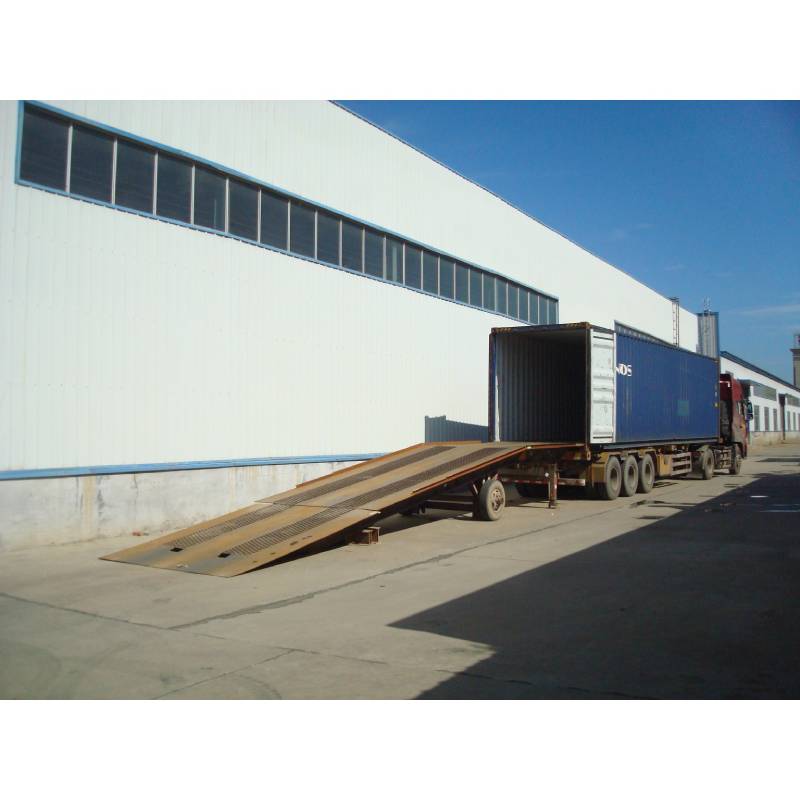
- Mobile Phone
- +8613931874955
- sales@cntcmetal.com
plaster internal corner bead
Understanding Plaster Internal Corner Beads A Comprehensive Guide
When it comes to achieving professional results in plastering, particularly in corners, the importance of using corner beads cannot be overstated. Plaster internal corner beads are essential tools in the construction and renovation industry, serving as both a structural support and a finishing detail. This article will explore the purpose, types, installation process, and benefits of using plaster internal corner beads in your plastering projects.
What are Plaster Internal Corner Beads?
Plaster internal corner beads are specialized strips used to create smooth, clean, and durable corners in plastered walls. Typically made from materials such as metal or PVC, these beads provide a straight edge to guide the plaster application, ensuring uniformity and reducing the likelihood of cracks in the corners. They can be used in both drywall and traditional plaster systems, making them a versatile choice for many builders and DIY enthusiasts.
Types of Plaster Internal Corner Beads
1. Metal Corner Beads These are the most commonly used type, usually made from galvanized steel. Metal beads are highly durable and resistant to damage, making them ideal for areas that require a robust finish. They are particularly suited for high-traffic areas, as they can withstand impacts better than other materials.
2. PVC Corner Beads A popular alternative to metal, PVC corner beads are lightweight and resistant to corrosion, making them suitable for moist environments. They are easier to work with and often preferred in residential settings. Additionally, the flexibility of PVC reduces the risk of cracking during temperature changes.
3. Flexible Corner Beads These beads are designed for curved or irregular edges. Made from a combination of materials, flexible corner beads allow for more creative designs in plastering, accommodating unique architectural elements.
Installation Process
The installation of plaster internal corner beads is a critical step in achieving a flawless finish. Here’s a step-by-step guide on how to install them properly
1. Preparation Start by preparing the wall surface. Ensure that it is clean, dry, and free from any loose debris that could affect adhesion.
2. Measuring Measure the height of the wall corner where the bead will be installed. Use a level to ensure straightness and mark your measurements.
plaster internal corner bead

3. Cutting Use a tin snips or a utility knife to cut the corner bead to the desired length. For PVC beads, a standard utility knife will suffice, while metal beads require snips.
4. Attaching the Corner Bead Position the corner bead in place, aligning it with your markings. For metal beads, you can use nails or staples to secure them. PVC beads can be adhered using adhesive or simply taped into place with joint tape.
5. Applying Plaster Once the bead is securely in place, apply the first coat of plaster over the bead. Use a trowel to ensure the plaster is even and covers the bead completely. After the first coat dries, sand it down to achieve a smooth finish.
6. Finishing Touches Apply additional coats of plaster as needed, sanding between each application to achieve the desired finish. After the final coat, ensure the corner is smooth and aligned.
Benefits of Using Plaster Internal Corner Beads
1. Durability By protecting the corners from chipping and cracking, corner beads extend the lifespan of plastered walls.
2. Aesthetic Appeal Using corner beads ensures that corners are neat and visually appealing, contributing to the overall finish of the room.
3. Efficient Installation Corner beads provide a straightforward guide for plaster application, speeding up the installation process.
4. Versatility They can be used in various construction types – from residential to commercial – and can fit any design requirement.
Conclusion
In summary, plaster internal corner beads are a vital component in achieving high-quality plaster finishes. They provide structural integrity, enhance aesthetic appeal, and simplify the installation process. Understanding the different types available and how to properly install them will empower both professionals and DIYers to produce exceptional results in their plastering projects. Whether you’re renovating a room or constructing a new space, incorporating corner beads into your work will undoubtedly elevate the overall quality and longevity of your plastered surfaces.
share:
-
Wall Ties for Concrete: Invisible Guardians of Building Structural StabilityNewsAug.08,2025
-
Timber Frame Wall Ties: Stable Bonds for Load TransmissionNewsAug.08,2025
-
Stainless Steel Woven Wire Mesh: A versatile material from boundary protection to functional supportNewsAug.08,2025
-
Powder Coat Coil Springs: Creating peace of mind and reliability with sturdy protectionNewsAug.08,2025
-
Floor Standing Sign Holder: A Powerful Assistant for Flexible DisplayNewsAug.08,2025
-
Binding Iron Wire: An Invisible Bond for Building StabilityNewsAug.08,2025
-
Yard Sign Stakes: Reliable Guardians of Outdoor SignsNewsAug.04,2025
